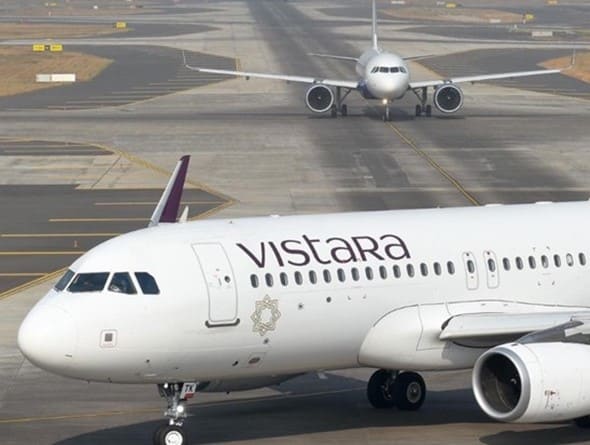
The Indian aviation industry faced a heightened crisis during the COVID-19 pandemic and is now in the nascent stages of recovery.In December 2021, Minister of State for Civil Aviation,VK Singh, said that airlines and airports lost Rs 19,564 crore and Rs 5,116 crore respectively, in 2020-21, with over 7,900 people losing their jobs. Capacity Curbs and Fare Caps Fare caps and capacity curbs were introduced when flights resumed on 25 May 2020. Fare caps mean having a lower and upper limit on ticket fares. These were introduced in order to protect the financially weaker airlines and to ensure that the customers were not overcharged. A lower flight capacity limit allowed smaller airlines like SpiceJet and GoAir to introduce more flights. Contrarily, it might affect the demand for big carriers. But now that the demand is back, it is necessary for the government to lift these regulations as they are barriers to growth. If all airlines have a price ceiling, there will be zero competition. This has significantly disrupted the growth of the sector. Meanwhile, after months of restrictions on domestic flights capacity amidst the pandemic, the curbs were completely removed and restored to 100% in October last year. Earlier in 2021, the flight capacity was 72.5%, before being increased to 85% in September. It came as a relief for the industry when the government announced in September 2021 that the fare caps would be applicable only 15 days a month, and the airlines would be allowed to charge without any limit from the 16th day onwards. Budget and Government Support Ahead of the Budget, the government announced a price hike on Aviation Turbine Fuel (ATF) by 8.5% and the price went up to as high as Rs. 86,038.16 per kilolitre (kl). The Union Budget 2022-23 has sanctioned Rs 10,667 crores for the Civil Aviation Ministry, out of which Rs 600 crore is to go towards reinvigorating the regional connectivity scheme, Ude Desh ka Aam Nagrik (UDAN). Meanwhile, AIAHL, a company handling Air India’s debt, has been allocated Rs 9,259.9 crore.While many lauded the Budget for its blueprint regarding infrastructure,disappointment still remained high. The aviation sector was expecting waivers in excise duty on fuel, tax concessions on various imports, reduction in interest rates for the working capital provided to airlines and monetary support, among other things. Post-budget, IndiGo’s CEO Ronojoy Dutta mentioned, “We were expecting tax concession for the aviation industry in the forms of a cut in ATF excise duty and allocation of concessional finance to airlines to help us come out of the pandemic.” Even though the sector has received more allocation than the previous year, there are no measures that will provide immediate relief to the reeling sector. Recovery in Sight According to Directorate General of Civil Aviation (DGCA) data, 2021 saw 8.38 crore domestic passengers. ICRA data mentions that India’s domestic air passenger traffic has grown to 84 million in FY22, although it is still 40% lower than pre-pandemic levels. Rising oil prices, coupled with the uncertainty of COVID-19, have undermined the aviation industry significantly. Currently, with travel restrictions more or less lifted and international flights having started operations after two years, recovery seems to be in sight for the industry. However, there is still a long way to go.
10 May 2022
Shirin Pajnoo